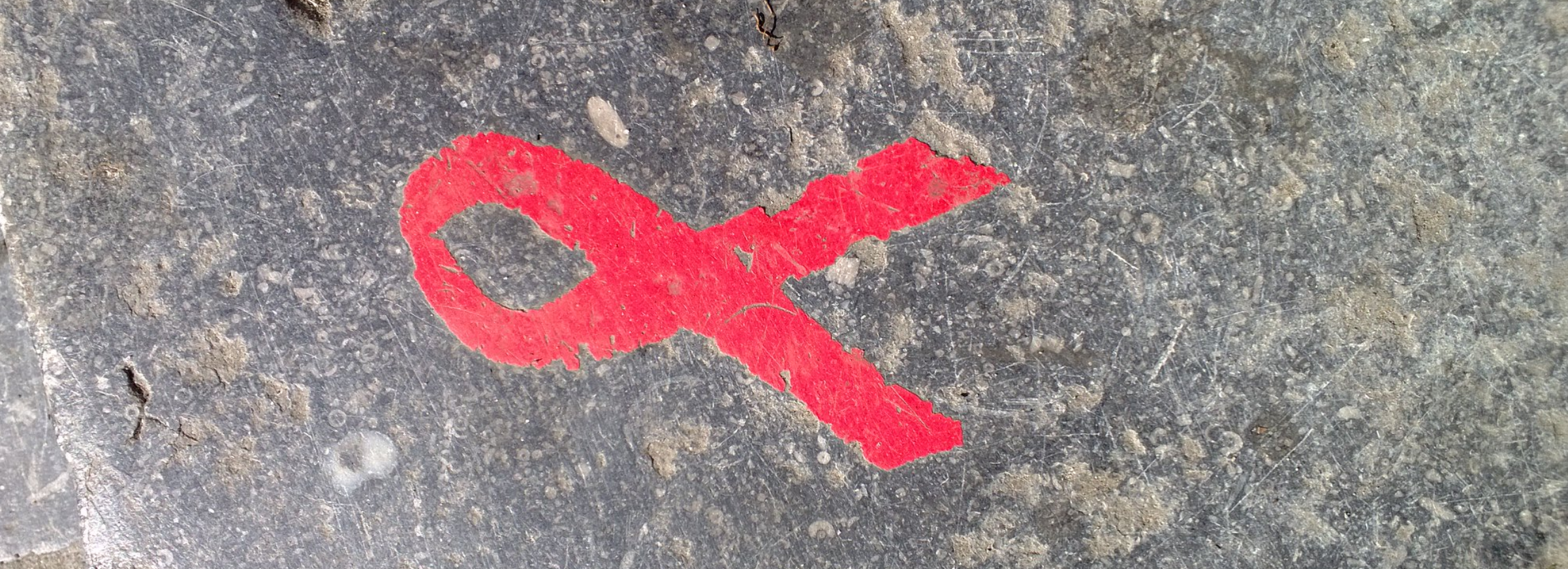Today is World AIDS Day. It has been almost 30 years since HIV and AIDS was first recognised and diagnosed. HIV and AIDS has since spread at an alarming rate globally and now affects most countries in the world (where the information is available). Although there have been major breakthroughs in terms of treatments, prevention methods and support for people living with HIV and AIDS, these responses are still inadequate in terms of stopping its spread and easing its impact. Millions of people continue to be infected with millions more still dying.
Internationally renowned expert and activist on HIV and AIDS, Michael Kelly SJ, argues that HIV and AIDS is driven by poverty, gender disparities and power structures, stigma and discrimination and exploitative global socio-economic structures and practices. He believes that:
‘the more these thrive, the more HIV and AIDS will flourish. Equally, the more HIV and AIDS prosper, the greater the likelihood that poverty, gender disparities and power structures, stigma and discrimination, and disruptive socio-economic structures and practices will flourish and ensure the continuation of the epidemic’ (2006).
HIV and AIDS has claimed more than 27 million lives since it was first diagnosed in 1981. It is estimated that 2 million people die every year from HIV related illnesses and AIDS. 33.3 million people worldwide are currently living with HIV.
HIV and AIDS related stigma refers to the prejudice, negative attitudes, abuse and mistreatment of people living with HIV and AIDS. There are a number of reasons why people living with HIV and AIDS are stigmatised including fear of death and disease (especially because HIV and AIDS are relatively new diseases), lack of knowledge about HIV and AIDS, dominant sexual beliefs and values (such as the belief that you can only become infected if you are promiscuous or have homosexual sex, which are already stigmatised in a number of societies) and on-going myths and misunderstandings about HIV and AIDS. The lack of effective recognition of stigma and its results often perpetuates the situation and, in fact, makes it worse. It demeans people living with HIV and AIDS and can make it more difficult for them to live with the disease.
From India to Kenya, Tajikistan to Bolivia, the daily difficulties people living with HIV face are often the same, no matter what country they live in, and no matter how many thousands of miles they are apart. In Stigma Under the Lens the charity Christian Aid worked with Magnum photos, an international co-operative of photographers, to document personal perspectives of the disease. Here, you can also take a glimpse at the lives of four people living with HIV.
For more information on personal stories, take a look at the online version of This is What Has Happened at https://www.developmenteducation.ie/issues-and-topics/tiwhh/, a recent publication from 80:20 Educating and Acting for a Better World on Zambian women’s vulnerability to HIV and AIDS. Also, take a look at developmenteducation.ie’s recently updated section on HIV and AIDS for information on the virus, its history, statistics and more.
Photo credit: I G via Flickr

